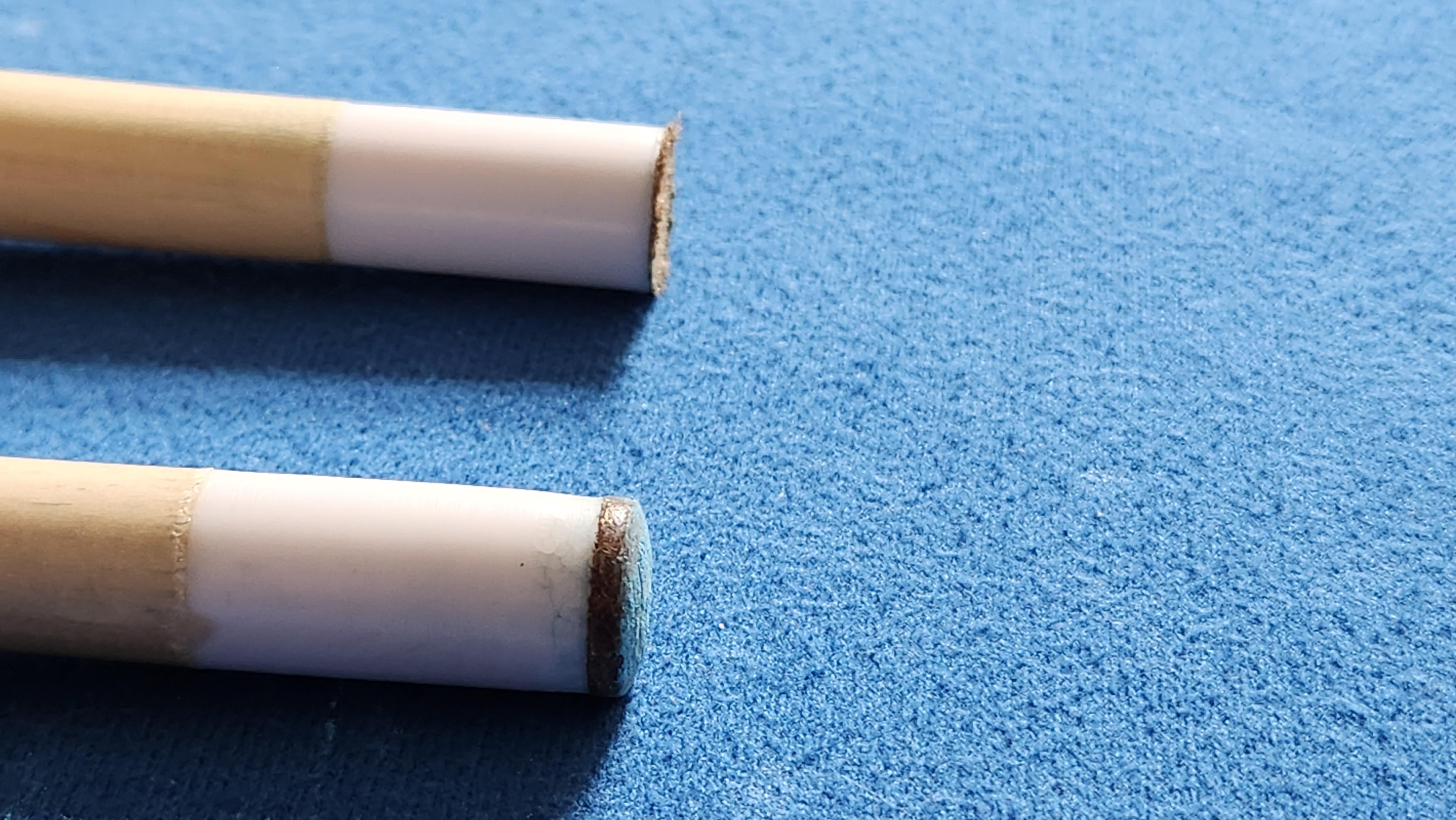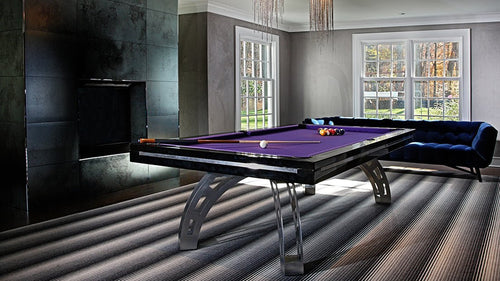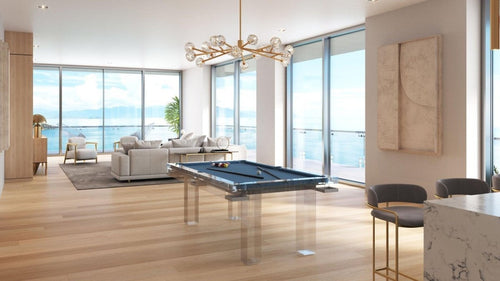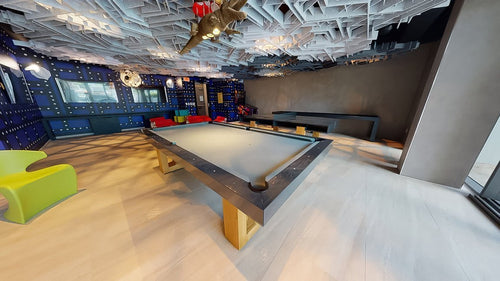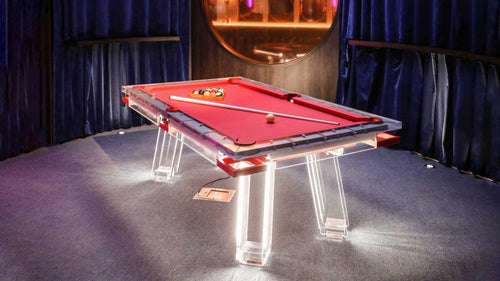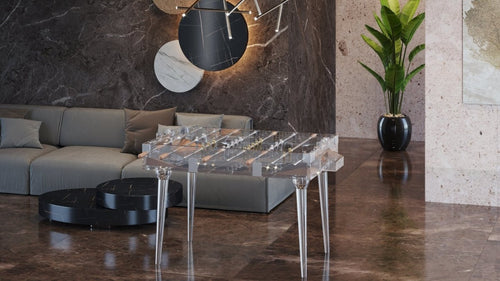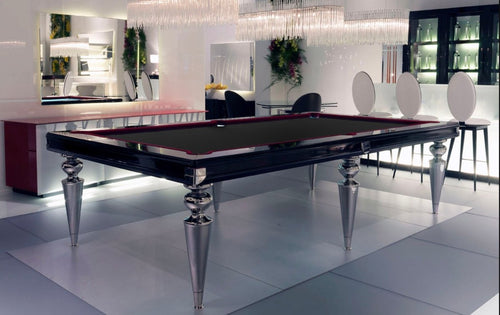Enjoy our modern designs
Estimated Read Time: 7 mins | Updated:
Choosing the right pool cue tip can feel overwhelming, especially with so many options on the market. From brands like Predator and Kamui to various tip sizes, hardness levels, and even the addition of clear layers, the choices might leave you confused. Don’t worry—we’ve broken it all down to help you make the right decision based on your needs and playing style.
Table of Contents
- Understanding Cue Tip Basics
- Tip Size: Finding the Right Fit
- The Role of Hardness in Cue Tips
- Tip Material: Leather vs. Alternatives
- Popular Cue Tip Brands and Models
- Factors to Consider When Choosing a Cue Tip
- Common Myths About Cue Tips
- Pro Tips for Maintaining Your Cue Tip
- Final Thoughts
1. Understanding Cue Tip Basics
Cue tips are a crucial component of your pool cue, influencing your control, spin, and overall performance. Here’s a quick rundown of the basics:
- Single-Layer Tips: Made from a single piece of leather, generally more affordable but wear down faster than layered tips.
- Layered Tips: Composed of multiple leather layers, offering better durability and consistency.
- Clear Pads: Some tips feature clear acrylic pads for ferrule protection (the white part above the shaft).
2. Tip Size: Finding the Right Fit
The size of your pool cue tip can significantly impact your game. Different tip sizes cater to various playing styles and game types.
| Cue Type | Tip Size | Notes |
|---|---|---|
| American Pool | 14mm | Forgiving, great for accuracy; less spin |
| English Pool | 7.5mm | More spin, higher miscue chance |
| Snooker | 9.5mm | Balanced precision and spin |
| Break Cues | 11mm | Powerful, designed for break shots |
- Playing Style: Accuracy = larger tip. Spin = smaller tip.
- Type of Game: Choose based on American pool, English pool, or snooker conventions.
3. The Role of Hardness in Cue Tips
The hardness of a cue tip affects feel, grip, and longevity:
- Soft Tips: Compress more, give more spin, slower off the cue. Best for finesse/spin players. E.g., Predator Victory Soft, Kamui Super Soft.
- Medium Tips: Balanced feel and performance. E.g., Predator Victory Medium, Tiger Everest Medium.
- Hard Tips: Firmer hit, faster, less spin. Best for power players. E.g., Predator Victory Hard, Tiger Sniper.
- Personal Preference: Soft for control, hard for power.
4. Tip Material: Leather vs. Alternatives
- Leather Tips: Most common, usually pigskin. Good grip and control. Multi-layer for durability.
- Phenolic Resin: Very durable, unique hit feel. Often used for break cues.
- Composite: Used in some high-end models for performance and longevity.
5. Popular Cue Tip Brands and Models
- Predator Victory: Soft/Medium/Hard. Consistent, durable, high-performance.
- Kamui: Known for "Clear" tips with acrylic pads for ferrule protection. Great control and spin.
- Zan Tips: High-end layered tips, consistent feel. Preferred by advanced players.
- Tiger Tips: Everest (Medium), Sniper (Soft). Durable, versatile.
- Elk Master: Budget, but reliable. Popular with pros like Efren Reyes and beginners alike.
- HOW Tips: Unique construction, a range of hardness for specialized needs.
- Ultimate Pool Professional Tips: Diverse range, affordable but solid quality.
6. Factors to Consider When Choosing a Cue Tip
- Playing Style: Spin = soft, Accuracy = medium/large, Power = hard.
- Skill Level: Beginners should use soft/medium for control. Advanced players can try layered or specialty tips.
- Game Type: American = large tip, English = small tip, Snooker = mid-size.
- Budget: Elk Master, Triangle, Le Pro for affordable. Kamui, Zan, Predator Victory for premium.
- Cue Type: Carbon fiber? Use Kamui Athlete/HOW tips. Traditional shafts work with most tips.
7. Common Myths About Cue Tips
- “A new tip will drastically improve my game.” The tip helps, but your technique matters much more.
- “Expensive tips are always better.” Not true. Affordable tips can be excellent.
- “Clear layers add magical properties.” They're mostly for ferrule protection and aesthetics, not extra performance.
8. Pro Tips for Maintaining Your Cue Tip
- Shape Regularly: Keep a rounded profile with a tip shaper.
- Keep It Chalked: Chalk before every shot for grip and fewer miscues.
- Replace When Worn: A flat or uneven tip hurts your game. Swap it out as needed.
- Proper Chalking: Chalk evenly, not just the center.
- Light Scuffing: Shape and lightly scuff for best performance.
9. Final Thoughts
Choosing the right cue tip comes down to personal preference and your specific playing style. Start with a versatile medium tip, like the Predator Victory or Tiger Everest, to find your groove. Experiment with different brands, sizes, and hardness levels as you develop your skills. Remember, no cue tip will make you a pro overnight—it’s your technique and practice that truly matter.
Ready to try a new tip? Let us know your favorite in the comments below!
Upgrade Your Game
Need advice on cue tips or custom billiards gear? Explore our guides or contact our experts for personalized recommendations.
Explore Billiards GearQuestions? Contact us for expert advice!


